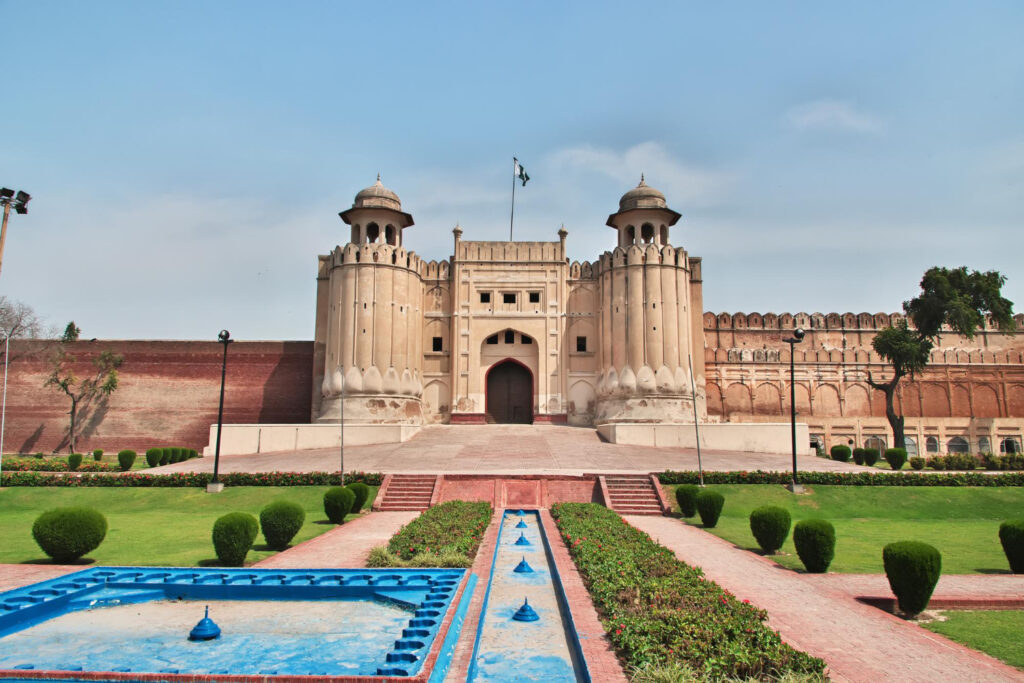In a significant move to preserve and promote India’s rich cultural heritage, the country has added seven new sites to the UNESCO Tentative List for World Heritage recognition. This step strengthens India’s position as one of the nations with the largest number of heritage nominations, showcasing the country’s diversity in history, architecture, and natural wonders.
The addition of these sites to the tentative list is a crucial first step toward achieving UNESCO World Heritage Site status, which would bring international recognition, promote tourism, and provide funding and technical support for preservation.
What is the UNESCO Tentative List?
Before a site can be nominated for the UNESCO World Heritage List, it must first be placed on the country’s Tentative List. This list represents the sites a country intends to nominate over the next few years. Being included is not just symbolic; it requires detailed documentation, conservation plans, and global significance.
India, already home to 42 UNESCO World Heritage Sites (as of 2025), continues to expand its efforts to protect and celebrate its heritage through these nominations.
The Seven New Sites Added

While the exact list may vary slightly depending on final submissions, here are the seven new sites recently added to India’s tentative list:
- Tirumala Hills (Andhra Pradesh) – Known as the spiritual abode of Lord Venkateswara, Tirumala Hills hold immense religious significance and attract millions of devotees annually. Its inclusion highlights its cultural, spiritual, and ecological importance.
- Erra Matti Dibbalu (Red Sand Hills, Andhra Pradesh) – A unique geological formation near Visakhapatnam, these red sand dunes are over 12,000 years old and provide insights into Earth’s climatic history.
- Maratha Military Landscapes (Maharashtra) – Featuring a series of forts, citadels, and battle sites that reflect the strategic brilliance of the Maratha Empire.
- Satpura Tiger Reserve (Madhya Pradesh) – Known for its rich biodiversity, Satpura is a haven for tigers, leopards, and several endangered species, making it a strong contender under the natural heritage category.
- Meghalaya’s Living Root Bridges – Ingenious examples of bioengineering, these bridges are created by guiding tree roots to form sturdy walkways over rivers.
- Sundarbans Biosphere Reserve Extension (West Bengal) – A proposed expansion to protect more of the world’s largest mangrove ecosystem, home to the iconic Royal Bengal Tiger.
- Sacred Ensembles of the Hoysala Dynasty (Karnataka – Additional Sites) – Expanding on the earlier nominations, more Hoysala-era temples have been included for their architectural brilliance and cultural value.
Why This Matters for India
1. Global Recognition of Heritage
Inclusion in the UNESCO list boosts global awareness of India’s diverse heritage. It places these sites on the international tourism map, encouraging cultural exchange and research.
2. Boost to Tourism
UNESCO recognition can significantly increase domestic and international tourist inflows, generating revenue for local communities and creating employment opportunities.
3. Funding and Preservation
Sites on the list become eligible for international funds and technical assistance for conservation. This ensures that fragile ecosystems, monuments, and cultural practices are preserved for future generations.
4. Cultural Diplomacy
India’s nominations strengthen its image globally as a country that values its past while embracing the future. This cultural diplomacy helps foster stronger ties with other UNESCO member nations.
The Road to Final Listing
Getting onto the tentative list is just the beginning. The next steps involve:
- Detailed Dossiers: Preparation of comprehensive documentation proving the site’s “Outstanding Universal Value.”
- Field Evaluations: Inspection by UNESCO’s advisory bodies, such as ICOMOS (for cultural sites) or IUCN (for natural sites).
- Committee Decision: Final selection is made by the World Heritage Committee during its annual session.
The entire process can take two to three years or more, depending on the complexity of the nomination.
Challenges in Preservation
While this announcement is a moment of pride, experts warn about challenges such as:
- Encroachment and Urbanization: Development pressures threaten the integrity of several sites.
- Environmental Degradation: Pollution and climate change impact natural heritage areas like the Sundarbans.
- Tourism Pressure: Unregulated tourism can lead to damage if not carefully managed.
Authorities must adopt sustainable tourism practices, community participation, and strong legal frameworks to safeguard these treasures.
Government’s Push for Heritage Development
The Government of India has been actively promoting heritage conservation through initiatives like:
- PRASHAD Scheme: Focused on pilgrimage site development.
- Adopt a Heritage Project: Encouraging private sector participation in maintaining monuments.
- Swadesh Darshan: Developing integrated theme-based tourist circuits.
The inclusion of these seven sites aligns with India’s vision of creating a global cultural identity and making heritage tourism a key pillar of economic growth.
Conclusion
The addition of seven new sites to the UNESCO Tentative List marks an important step in India’s mission to protect its cultural, historical, and natural treasures. From the sacred Tirumala Hills to the unique red dunes of Erra Matti Dibbalu, these nominations celebrate India’s diversity and resilience.
If granted full UNESCO World Heritage status, these sites will not only draw global attention but also create a long-term framework for their conservation and sustainable development. This move is a powerful reminder that India’s past continues to shape its future – and that preserving it is key to building a strong cultural legacy for generations to come.

